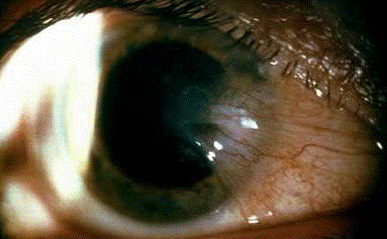
Pterygium is a benign thickening of the outer coating (conjunctiva) of the eye that grows onto the cornea. As a pterygium grows, it may become red and irritated. Eventually, it may cause visual disturbances by disrupting the normally smooth surface of the cornea. In severe cases, a pterygium can block a patient’s vision altogether.
Pterygium surgery can be performed under local anaesthesia(awake) or general anaesthesia (asleep). The choice is based on the anticipated length and difficulty of the operation, your suitability for different sorts of anaesthesia, your own preferences and your surgeon’s advice.
A routine pterygium operation would be expected to last less than 30 minutes and can usually be performed comfortably under local anaesthetic. You will usually be able to go home on the day of your operation, but you may be asked to return for an eye check on the following day.
Treatment
Pterygiums are usually caused by extended exposure to sunlight. They may remain stable after appearing, or they may grow and affect vision. Treatments include eye drops for irritation and redness, protection from sunlight and dust to prevent the pterygium from worsening, and occasionally steroids to lessen inflammation. If the pterygium grows into the central cornea, surgical removal is recommended. This prevents the pterygium from altering the cornea’s shape and affecting vision.
Pterygium Excision Surgery
In surgery, the pterygium is removed and a small piece of the conjunctiva, which is the thin transparent skin that covers the white of the eye, is placed into this site. Following the procedure, a prescription is given for eye ointment or eye drops and analgesic tablets. For approximately 1-2 weeks following surgery, getting water, dust or dirt in the eye should be avoided.

